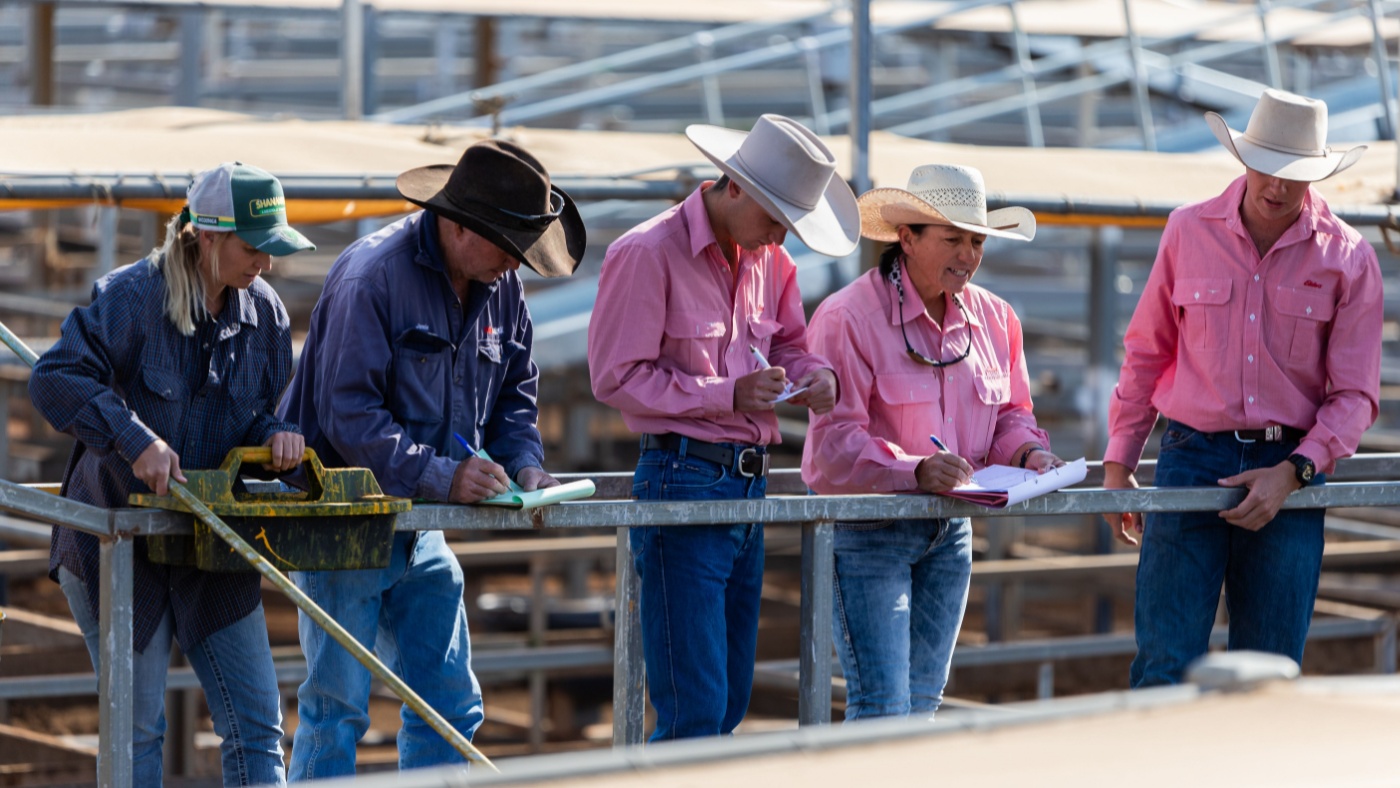An important question for producers selling calves at online auctions or sale barns is what makes those cattle buyers pay more money. Dr. John Hutcheson, director of cattle technical services at Merck Animal Health, talks about the management programs and health protocols that have the biggest impact on revenue according to auction data analysis.
“I want to visit a little bit today about Superior Livestock Auction Data that Kansas State University and Merck Animal Health all worked together to summarize this data. There were over 800,000 head of calves in the database, and we looked at different management factors. We looked at different programs and health protocols and tried to look at the big drivers for the folks that are in the sale barn, or in this case, a video auction. What are they paying for? What are they using their checkbook to put the most money at? This is probably the strongest signal one can get in an auction barn is these are the people who are using their money to buy these calves.”
He talks about the biggest takeaways from the data.
“We look at health programs, vaccination pre-conditioning programs, and they add a lot of value. They bring more dollars per hundredweight, like weaning and deworming and all things that go into a preconditioning program. There was a definite signal to cattle owners, cow-calf producers, that these buyers want calves that are ready for the transition to the next phase.”
Pre-conditioning programs can make a big difference in cattle prices at the sale barn.
“It’s a big deal. You know, our cattle system is set up for calves to move off the ranch and transition into a grazing situation, backgrounding situation, or feedlot situation. And so, they want these calves ready for that next transition. And so if you look at Back 45, which was the most popular program that a lot of cow-calf producers participated in, it added almost 45 bucks a head, almost $8 per hundredweight is what these calves got in terms of value.”
Hutcheson says there are other things producers can do to increase the value of their calves on sale day.
“One is polled calves, so calves without horns. I mean, year after year after year, these buyers pay more for not having horns, and that’s thinking of the long term. These things are going down. They’re going to produce leather, and they’re going to produce food, and so that’s one of the things. The other thing is, as cattle producers and feedlots through the production phase, we keep adding more weight and more weight and more weight and get these cattle bigger and bigger and producing more beef per acre, so to speak. And so they want medium frame, large frame calves. Those bring back quite a bit of value to these calves. The other thing is using good genetics. On the Superior Sale, we have access to the data, and they have a program that looks at Superior Genetics, and these are if you purchase bulls that have known genetics that are recognized by buyers of these calves, then you get a nice bump in value as well.”
Implants also pay off at auctions.
“First of all, it pays because it gives about 23 pounds, which in today’s cattle markets, is almost 60 bucks. But the bigger thing that we hear a lot about, it’s kind of a myth. Buyers do not discriminate between calves that are implanted or not implanted. In other words, when we put a badge on an animal that says it’s implanted or that’s not implanted in that sale, so people can see those cattle and what’s been done to them, they don’t pay any more money, or any less money for those that have been implanted or not implanted. And I think part of it is some people ask me why that is. There’s more weight, they’re more muscular, and they have a little more frame to them, and so they’re leaner. They’re not as fleshy, and so those buyers recognize the quality of those calves.”
To find out more details from the Superior Livestock Auction dataset, visit cattlefriendlyvaccines.com.


